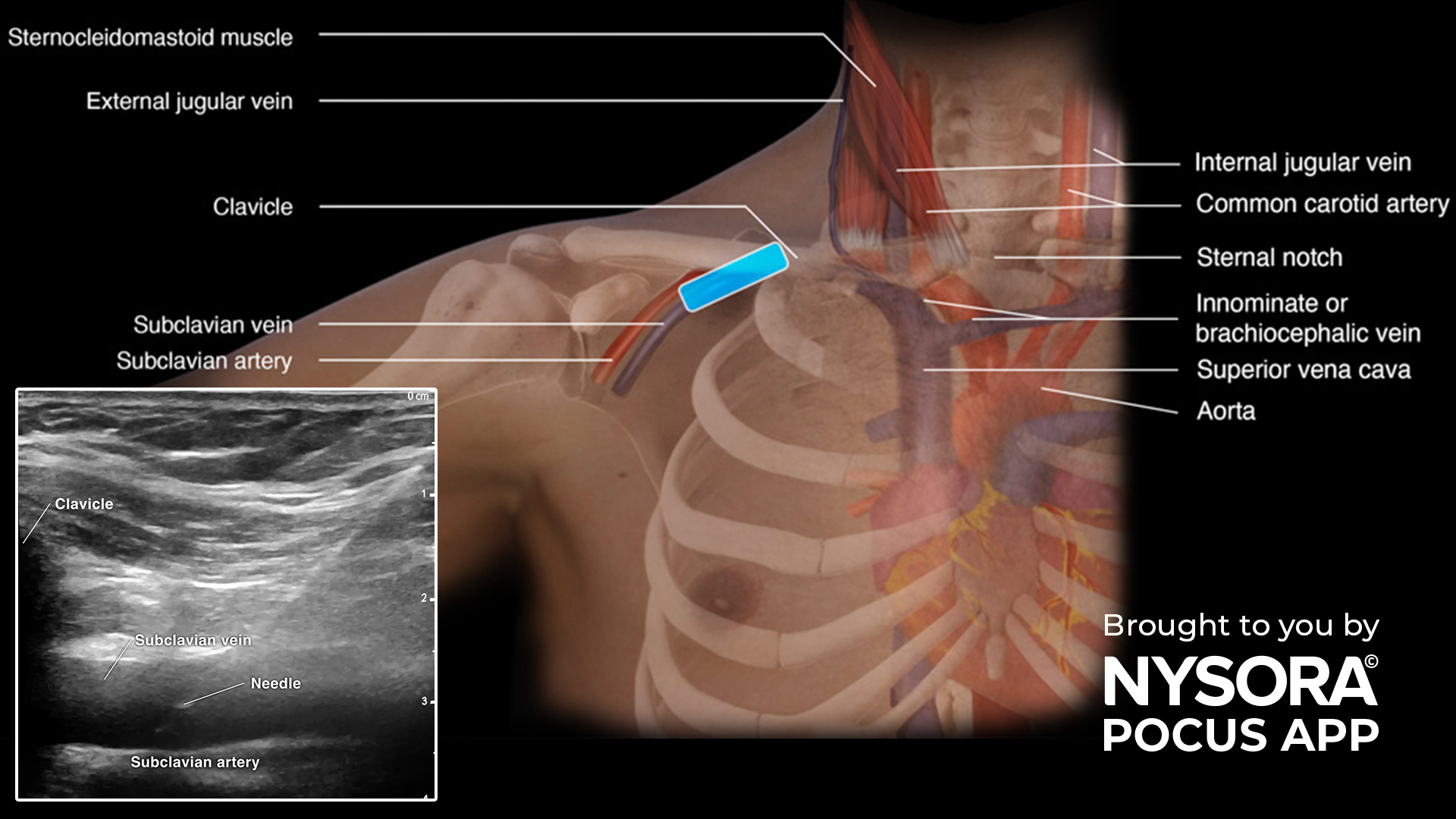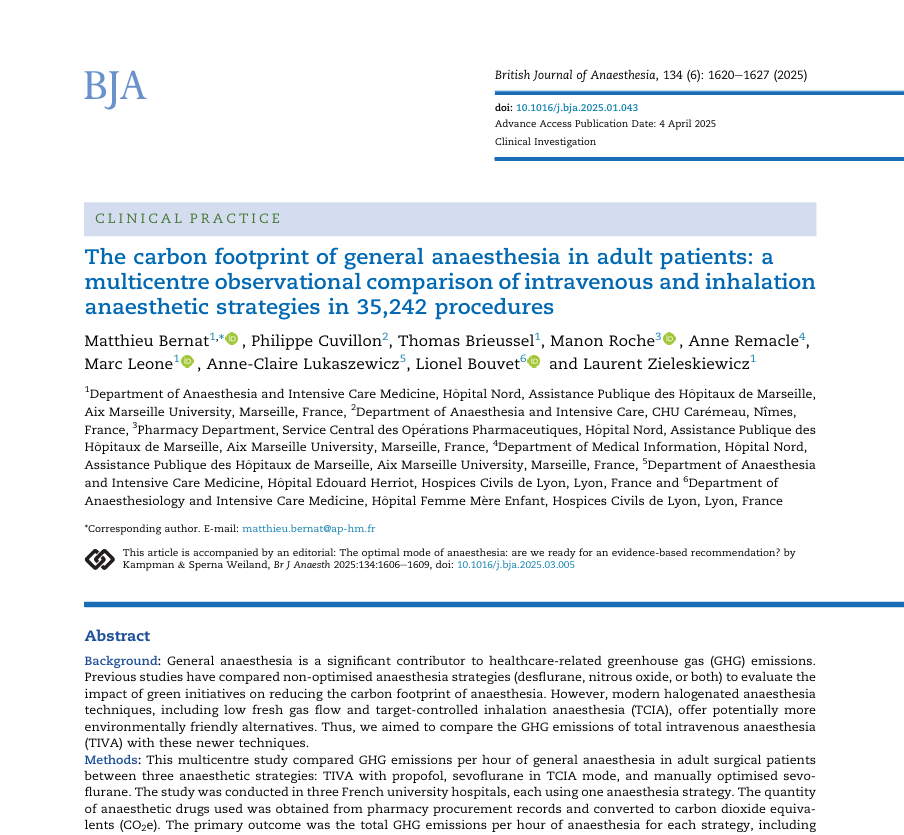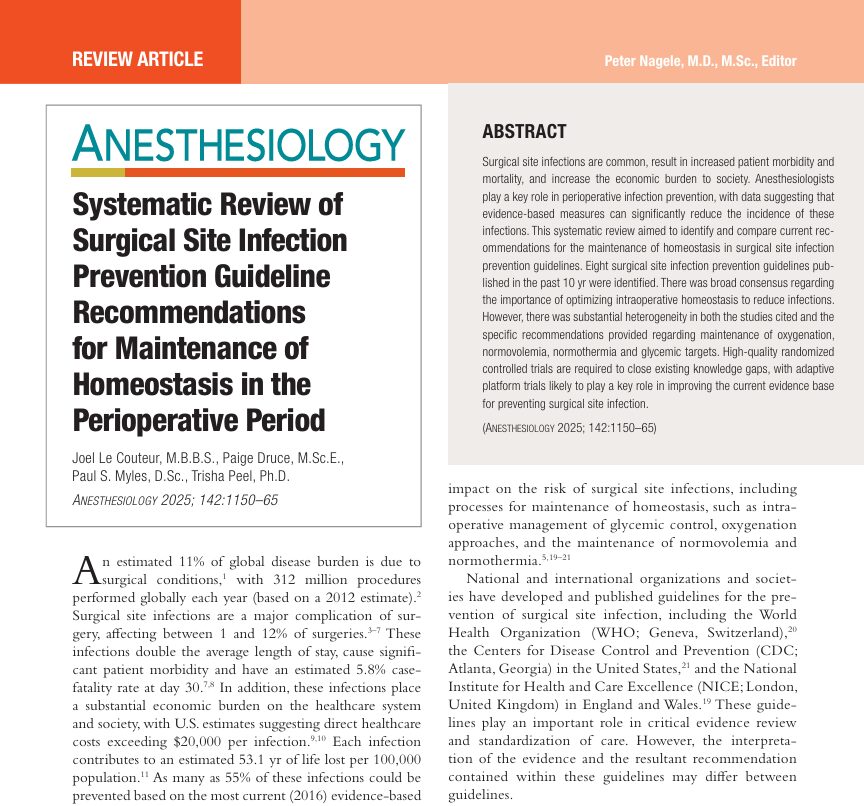Intrathecal morphine (ITM) is a widely used analgesic technique for postoperative and obstetric pain management. Despite its effectiveness, concerns persist regarding its potential complications. A recent systematic review and meta-analysis by Renard et al. (2024) explores non-pulmonary complications associated with ITM administration, analyzing data from 168 trials involving 9,917 patients.
Key findings of the study
The primary objective of the study was to determine whether a threshold dose exists for non-pulmonary complications and to assess the relationship between ITM dose and adverse effects.
- Increased rates of non-pulmonary complications
ITM significantly increased the rates of:
-
- Postoperative nausea and vomiting (PONV)
- Pruritus (itching)
- Urinary retention

- No dose-response relationship found
Meta-regression analysis failed to establish an association between ITM dose and the rates of non-pulmonary complications, suggesting that these side effects occur independently of the administered dose.
- Impact across surgical specialties
The study found no significant subgroup differences in the incidence of complications based on:
-
- Type of surgery (orthopedic, abdominal, gynecological, cardiothoracic, or obstetric procedures)
- Anesthetic technique (general anesthesia vs. spinal anesthesia)
- Quality of evidence
Using the Grading of Recommendations, Assessment, Development, and Evaluation (GRADE) system, the quality of evidence was determined to be low, indicating that future research is needed to refine these findings.
Implications for clinical practice
- Increased risk of PONV, pruritus, and urinary retention
The findings highlight the need for prophylactic strategies to manage these side effects in patients receiving ITM.
Possible interventions include:
-
- PONV: Routine administration of antiemetics, such as 5-HT3 receptor antagonists (ondansetron) or dexamethasone.
- Pruritus: Use of antihistamines or opioid antagonists (nalbuphine, naloxone).
- Urinary Retention: Monitoring and, if necessary, early catheterization in high-risk patients.
- No clear dose-dependent effect
The absence of a dose-dependent relationship suggests that even lower doses of ITM do not necessarily mitigate the risk of these complications. This challenges prior assumptions that reducing the ITM dose would proportionally lower side effect incidence.
- Need for individualized pain management
The study underscores the importance of tailoring pain management strategies, considering factors such as:
-
- Patient risk factors (e.g., history of PONV, opioid sensitivity)
- Surgical procedure type
- Alternative analgesic methods, such as multimodal pain regimens to reduce reliance on opioids
Intrathecal morphine remains a valuable tool in pain management, but its use is associated with increased rates of PONV, pruritus, and urinary retention. The lack of a dose-dependent effect suggests that these complications are not preventable by simply reducing the dose. Clinicians should implement preventative strategies and consider individualized pain management plans to optimize patient outcomes.
For more information, refer to the full article in BJA.
Renard Y, El-Boghdadly K, Rossel JB, Nguyen A, Jaques C, Albrecht E. Non-pulmonary complications of intrathecal morphine administration: a systematic review and meta-analysis with meta-regression. Br J Anaesth. 2024;133(4):823-838.
Refine your intrathecal morphine administration with the Dose Calculator and streamline patient care using the Case Manager feature in NYSORA’s Anesthesia Assistant app. Get tailored, evidence-based dosing recommendations and structured postoperative management plans—all in one place!







